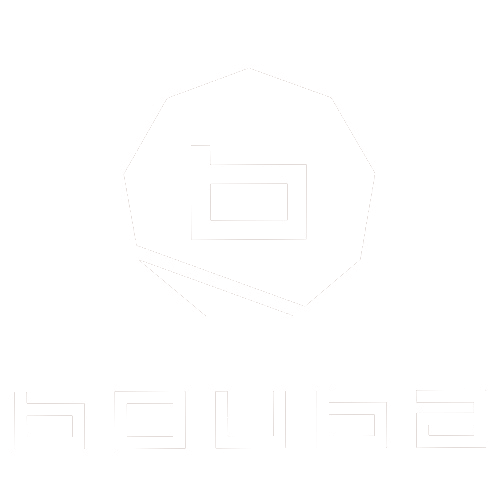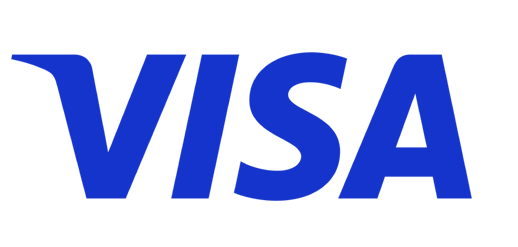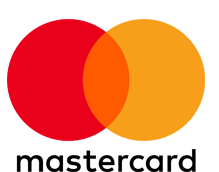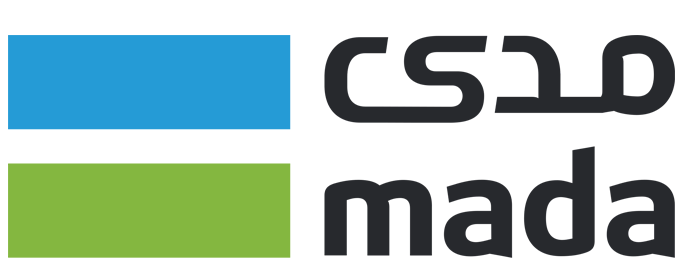The human face is never perfectly symmetrical. Even the most “ideal” bone structure contains subtle shifts, tilts, and imbalances. Yet too often, beauty artists treat both sides of the face as clones, resulting in looks that feel stiff, artificial, or unbalanced.
“Symmetry is not sameness—it’s harmony.”
This blog explores how to identify facial asymmetry and understand how natural light and facial depth create shadow fall. These two elements guide every decision in eye and brow design—from placement and angle to highlight and contour.
At Bouba World, we teach you to read what the face is saying before you ever touch a brush.






